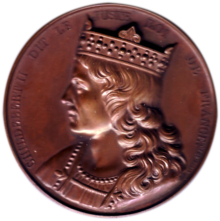
Ceawlin was a King of Wessex. He may have been the son of Cynric of Wessex and the grandson of Cerdic of Wessex, whom the Anglo-Saxon Chronicle represents as the leader of the first group of Saxons to come to the land which later became Wessex. Ceawlin was active during the last years of the Anglo-Saxon expansion, with little of southern England remaining in the control of the native Britons by the time of his death.
The 650s decade ran from January 1, 650, to December 31, 659.
The 670s decade ran from January 1, 670, to December 31, 679.
The 680s decade ran from January 1, 680, to December 31, 689.
The 580s decade ran from January 1, 580, to December 31, 589.
The 590s decade ran from January 1, 590, to December 31, 599.
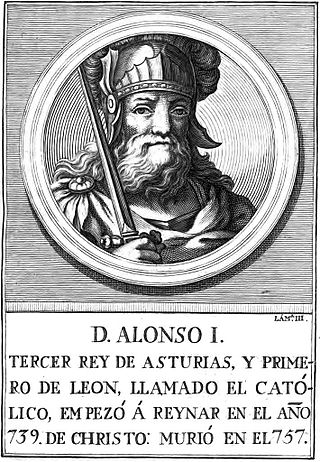
Year 740 (DCCXL) was a leap year starting on Friday of the Julian calendar, the 740th year of the Common Era (CE) and Anno Domini (AD) designations, the 740th year of the 1st millennium, the 40th year of the 8th century, and the 1st year of the 740s decade. The denomination 740 for this year has been used since the early medieval period, when the Anno Domini calendar era became the prevalent method in Europe for naming years.
Year 560 (DLX) was a leap year starting on Thursday of the Julian calendar. The denomination 560 for this year has been used since the early medieval period, when the Anno Domini calendar era became the prevalent method in Europe for naming years.

Year 584 (DLXXXIV) was a leap year starting on Saturday of the Julian calendar. The denomination 584 for this year has been used since the early medieval period, when the Anno Domini calendar era became the prevalent method in Europe for naming years.

Year 587 (DLXXXVII) was a common year starting on Wednesday of the Julian calendar. The denomination 587 for this year has been used since the early medieval period, when the Anno Domini calendar era became the prevalent method in Europe for naming years.

Year 590 (DXC) was a common year starting on Sunday of the Julian calendar. The denomination 590 for this year has been used since the early medieval period, when the Anno Domini calendar era became the prevalent method in Europe for naming years.
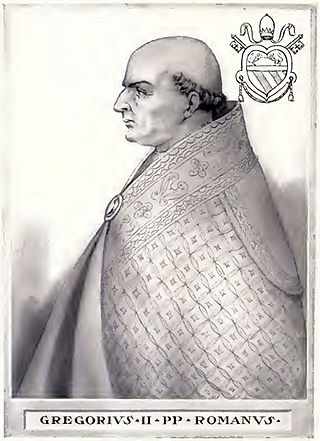
Year 715 (DCCXV) was a common year starting on Tuesday of the Julian calendar. The denomination 715 for this year has been used since the early medieval period, when the Anno Domini calendar era became the prevalent method in Europe for naming years.

700 (DCC) was a leap year starting on Thursday of the Julian calendar, the 700th year of the Common Era (CE) and Anno Domini (AD) designations, the 700th year of the 1st millennium, the 100th and last year of the 7th century, and the 1st year of the 700s decade. As of the start of 700, the Gregorian calendar was 3 days ahead of the Julian calendar, which was the dominant calendar of the time.
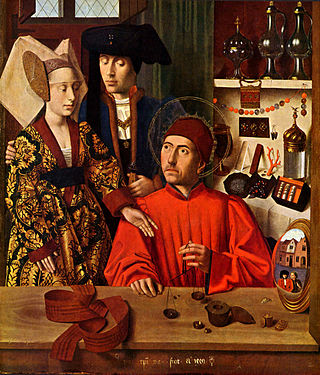
Year 660 (DCLX) was a leap year starting on Wednesday of the Julian calendar. The denomination 660 for this year has been used since the early medieval period, when the Anno Domini calendar era became the prevalent method in Europe for naming years.

Year 593 (DXCIII) was a common year starting on Thursday of the Julian calendar. The denomination 593 for this year has been used since the early medieval period, when the Anno Domini calendar era became the prevalent method in Europe for naming years.

Year 673 (DCLXXIII) was a common year starting on Saturday of the Julian calendar. The denomination 673 for this year has been used since the early medieval period, when the Anno Domini calendar era became the prevalent method in Europe for naming years.
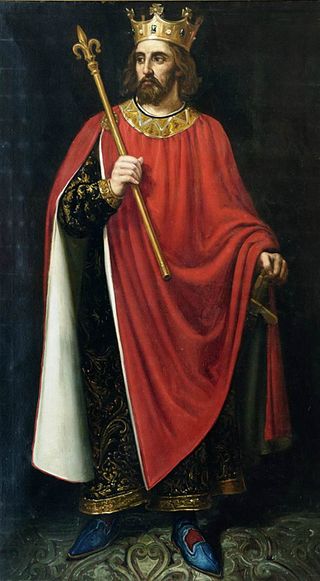
Year 925 (CMXXV) was a common year starting on Saturday of the Julian calendar.
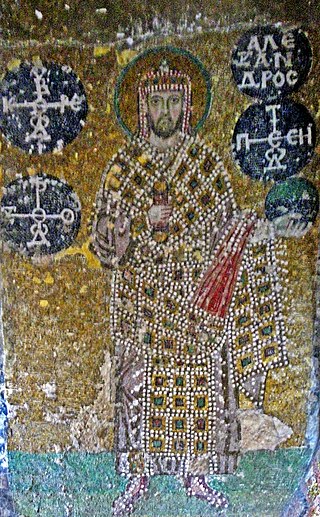
Year 912 (CMXII) was a leap year starting on Wednesday of the Julian calendar.
Cuthwine, born c. 565, was a member of the House of Wessex, the son of King Ceawlin of Wessex. Cuthwine's father Ceawlin was deposed from the throne of Wessex in 592 by his nephew Ceol. Therefore, Cuthwine never inherited the throne. Cuthwine went into exile for many decades, remaining a strong leader of the Saxons and passing on the royal line through his three sons.
The Anglo-Saxon Chronicle records a battle fought in the year 592 at Woden's Barrow, the neolithic long barrow now known as Adam's Grave, near Marlborough, Wiltshire. The year entry states: "Her micel wælfill wæs æt Woddes beorge, 7 Ceawlin wæs ut adrifen."
